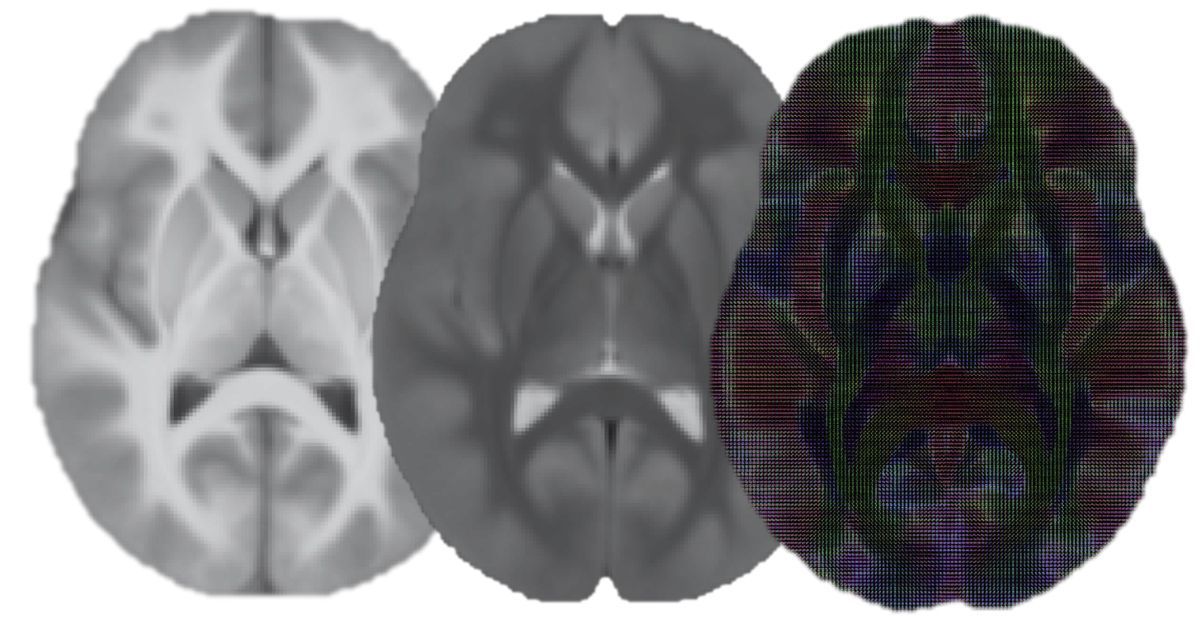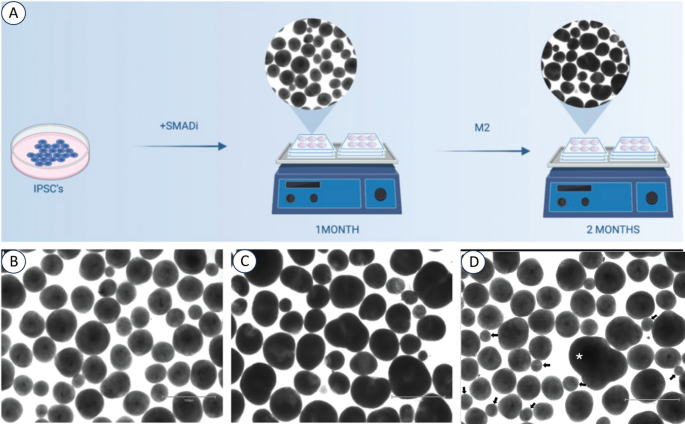2024-06-17 カリフォルニア大学サンディエゴ校(UCSD)
 Brain images developed by Anders Dale representing the average over thousands of brains from the Adolescent Brain Cognitive Development (ABCD) study database.
Brain images developed by Anders Dale representing the average over thousands of brains from the Adolescent Brain Cognitive Development (ABCD) study database.
<関連情報>
- https://today.ucsd.edu/story/a-new-approach-to-neuroimaging-analysis
- https://academic.oup.com/cercor/article-abstract/34/6/bhae223/7693949?redirectedFrom=fulltext
思春期の脳の認知発達研究を活用し、小規模な再現サンプルにおけるニューロイメージングからの行動予測を改善する Leveraging the adolescent brain cognitive development study to improve behavioral prediction from neuroimaging in smaller replication samples
Carolina Makowski, Timothy T Brown, Weiqi Zhao, Donald J Hagler Jr, Pravesh Parekh, Hugh Garavan, Thomas E Nichols, Terry L Jernigan, Anders M Dale
Cerebral Cortex Published:17 June 2024
DOI:https://doi.org/10.1093/cercor/bhae223
Abstract
Neuroimaging is a popular method to map brain structural and functional patterns to complex human traits. Recently published observations cast doubt upon these prospects, particularly for prediction of cognitive traits from structural and resting state functional magnetic resonance imaging (MRI). We leverage baseline data from thousands of children in the Adolescent Brain Cognitive DevelopmentSM Study to inform the replication sample size required with univariate and multivariate methods across different imaging modalities to detect reproducible brain-behavior associations. We demonstrate that by applying multivariate methods to high-dimensional brain imaging data, we can capture lower dimensional patterns of structural and functional brain architecture that correlate robustly with cognitive phenotypes and are reproducible with only 41 individuals in the replication sample for working memory-related functional MRI, and ~ 100 subjects for structural and resting state MRI. Even with 100 random re-samplings of 100 subjects in discovery, prediction can be adequately powered with 66 subjects in replication for multivariate prediction of cognition with working memory task functional MRI. These results point to an important role for neuroimaging in translational neurodevelopmental research and showcase how findings in large samples can inform reproducible brain-behavior associations in small sample sizes that are at the heart of many research programs and grants.


